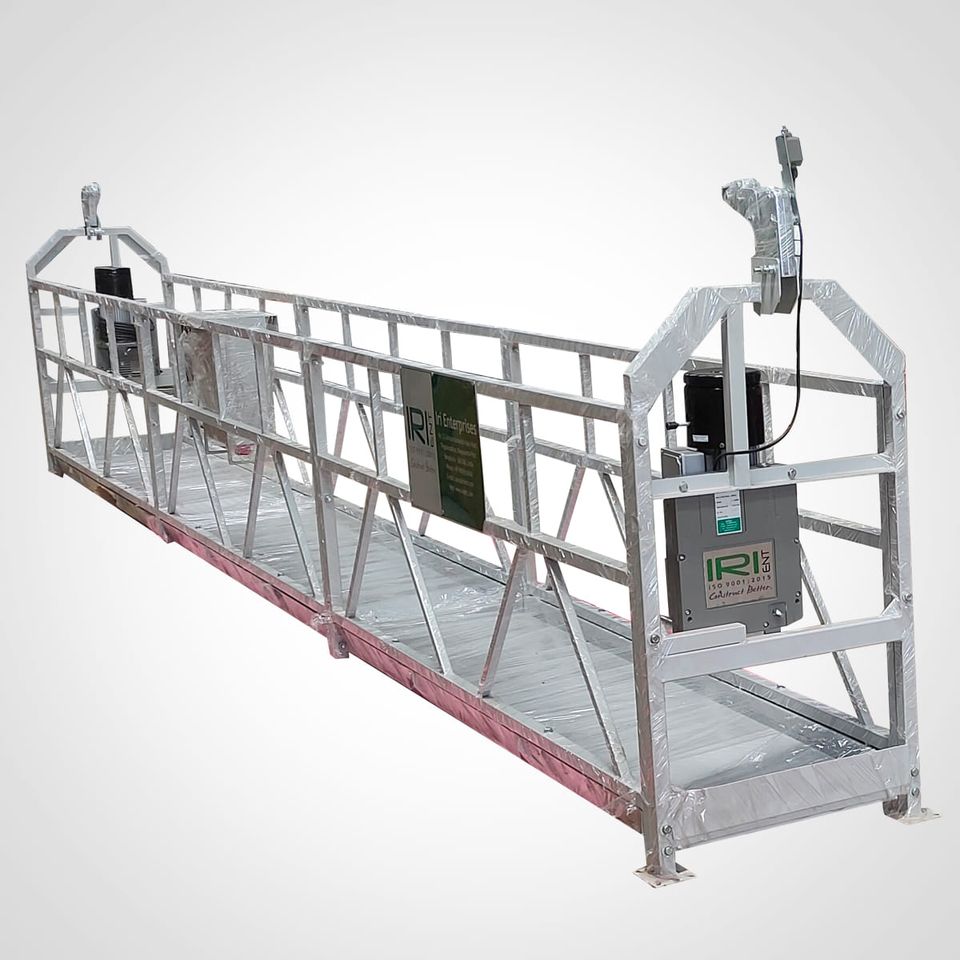The debate between rope suspension platforms and traditional platforms in construction and maintenance has been going on for years. Both methods serve the purpose of safely moving workers to heights, but differ greatly in design, operation and suitability for different projects This blog post will explore the characteristics of rope suspended platforms and traditional scaffolding internally to identify different methods -may be better suited to different situations .
Custom scaffolding: a proven solution
For centuries, traditional tiles have been favored for architectural purposes. Steel or aluminum pipes and pipe scaffolding are installed next to buildings or structures to provide a stable platform for personnel and materials These structures are often assembled separately to accommodate the project specific requirements are correct.

One of the main advantages of traditional scaffolding is its stability and load-bearing capacity. It can support heavy loads, making it ideal for jobs that require a wide range of materials and equipment. Additionally, the scaffolding system is versatile and can be installed to different heights, allowing workers to safely access even tall buildings.
However, traditional scaffolding also has limitations. Scaffold installation and disassembly can be time-consuming, requiring skilled labor and specialized equipment. Additionally, structural buildings can obstruct pedestrian and vehicular traffic around the facility, causing infrastructure challenges, especially in urban areas
Rope suspension platforms: an easy option
Unlike traditional scaffolding, rope suspension platforms provide a flexible and flexible solution



